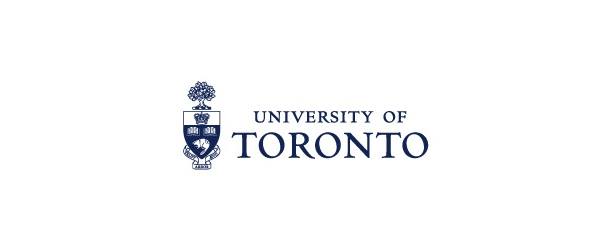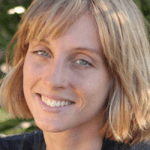Physicists Define Degree of Quantumness that Can Be Exhibited; Potential Applications in Gravitational Wave Detectors & Ultra-Precise Measurement Devices

(LiveScience) For the first time, physicists have found a way to mathematically define the degree of quantumness that anything — be it particle, atom, molecule or even a planet — exhibits. The result suggests a way to quantify quantumness and identify “the most quantum states” of a system, which the team calls the “Kings and Queens of Quantumness.”
In addition to furthering our understanding of the universe, the work could find applications in quantum technologies such as gravitational wave detectors and ultra-precise measurement devices.
According to quantum mechanics, everything is quantum mechanical,” Aaron Goldberg, a physicist at the University of Toronto in Canada and lead author of the new paper, told Live Science. “Just because you don’t see these strange things every day doesn’t mean they aren’t there.”
What Goldberg means is that classical objects like billiard balls are secretly quantum systems, so there exists some infinitesimally small probability that they will, say, tunnel through the side of a pool table. This suggests that there is a continuum, with “classicalness” on one end and “quantumness” on the other.
Previous attempts at quantifying quantumness always looked at specific quantum systems, like those containing particles of light, and so the outcomes couldn’t necessarily be applied to other systems that included different particles like atoms. Goldberg, Sanchez-Soto and their team searched instead for a generalized way of defining extremes in quantum states.
Goldberg said that the most readily apparent applications should come from quantum metrology, where engineers attempt to measure physical constants and other properties with extreme precision. Gravitational wave detectors, for example, need to be able to measure the distance between two mirrors to better than 1/10,000th the size of an atomic nucleus. Using the team’s principles, physicists might be able to improve on this impressive feat.
But the findings could also help researchers in fields such as fiber optical communications, information processing and quantum computing. “There are probably many applications that we haven’t even thought about,” Goldberg said, excitedly.
























